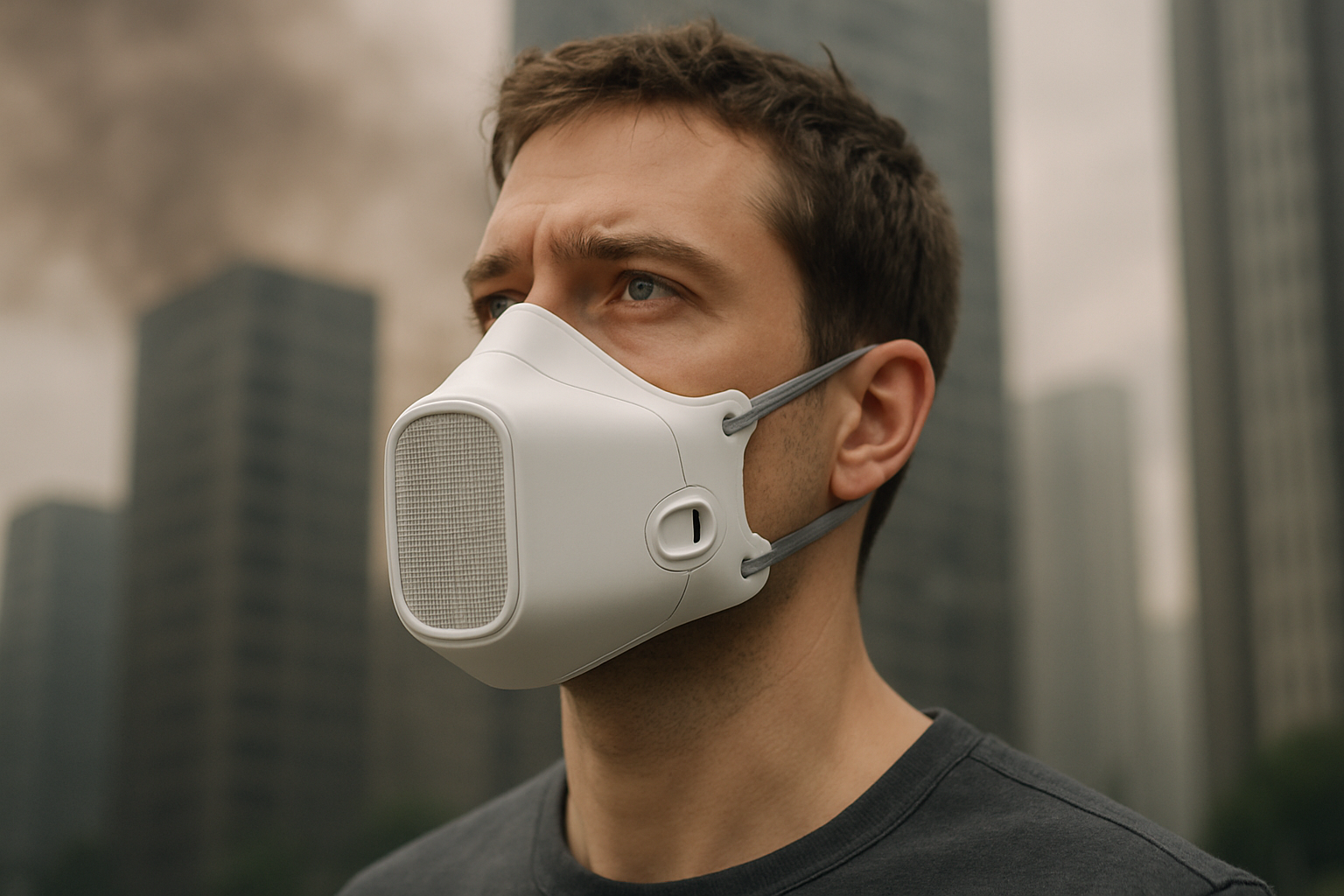Wearable Air Purifiers: Bringing Fresh Air Wherever You Go
In an era where air quality concerns are on the rise, a new breed of personal protection is emerging. Wearable air purifiers, compact devices designed to create a bubble of clean air around the user, are gaining traction as a novel solution to urban pollution and airborne pathogens. These futuristic gadgets promise to revolutionize how we approach air quality on a personal level, offering a portable shield against the invisible threats in our environment.

These devices typically consist of a small, battery-powered unit that can be worn around the neck or clipped to clothing. They work by creating a flow of purified air around the user’s face, effectively establishing a protective zone of clean air. The technology behind these purifiers varies, but most employ a combination of HEPA filters, activated carbon, and in some cases, ionization or UV light to neutralize pollutants and pathogens.
How wearable air purifiers work
At the heart of most wearable air purifiers is a multi-stage filtration system. The first stage usually involves a pre-filter that captures larger particles like dust and pollen. This is followed by a HEPA filter, which is capable of trapping particles as small as 0.3 microns—including many bacteria and some viruses. An activated carbon layer then absorbs odors and volatile organic compounds (VOCs).
Some advanced models incorporate additional purification methods. UV-C light, for instance, can be used to destroy the DNA of microorganisms, rendering them harmless. Ionization technology releases negatively charged ions that attach to airborne particles, making them heavier and causing them to fall out of the air.
The purified air is then directed upwards towards the user’s face using small, quiet fans. This creates a “clean air zone” that moves with the wearer, providing a constant supply of filtered air for breathing.
Current market offerings and price points
As the technology matures, an increasing number of companies are entering the wearable air purifier market. Prices for these devices can range from around $50 for basic models to over $300 for premium offerings with advanced features.
At the lower end of the spectrum, brands like AirTamer offer simple, pendant-style purifiers that use ionic technology. Mid-range options like the Respiray Wear A+ combine UV disinfection with a visor design, retailing for about $200. On the higher end, LG’s PuriCare Wearable Air Purifier, priced around $250, features dual fans and HEPA filters in a mask-like form factor.
The market is still relatively young, and we can expect to see more innovations and competitive pricing as adoption increases.
Effectiveness and limitations
While the concept of wearable air purifiers is promising, their effectiveness in real-world conditions is still a matter of ongoing research. Lab tests have shown that these devices can significantly reduce exposure to particulate matter and some pathogens in controlled environments. However, their performance in varied outdoor conditions or crowded indoor spaces may be less consistent.
One limitation is the “clean air zone” itself. While the purifiers can create a localized area of cleaner air, they can’t completely isolate the user from the surrounding environment. Factors like wind, movement, and proximity to pollution sources can all affect the device’s efficacy.
Battery life is another consideration. Most current models offer between 2 to 8 hours of operation on a single charge, which may not be sufficient for all-day use without recharging.
Future prospects and potential impact
Despite their current limitations, wearable air purifiers represent an intriguing direction in personal health technology. As air quality concerns continue to grow globally, the demand for personal protection solutions is likely to increase.
Future iterations of these devices could incorporate more advanced sensors to detect specific pollutants or pathogens, adjusting purification methods in real-time. Integration with smartphones could provide users with detailed air quality data and personalized recommendations.
The potential impact of widespread adoption could be significant. On an individual level, these devices could offer peace of mind and potentially reduce the incidence of respiratory issues caused by air pollution. On a broader scale, they could change how we approach air quality management in urban planning and building design.
As wearable air purifiers evolve, they may become as commonplace as smartphones or fitness trackers—a personal environmental shield for navigating an increasingly polluted world. While they’re not a solution to the root causes of air pollution, they represent an innovative approach to personal protection in our changing environment.





